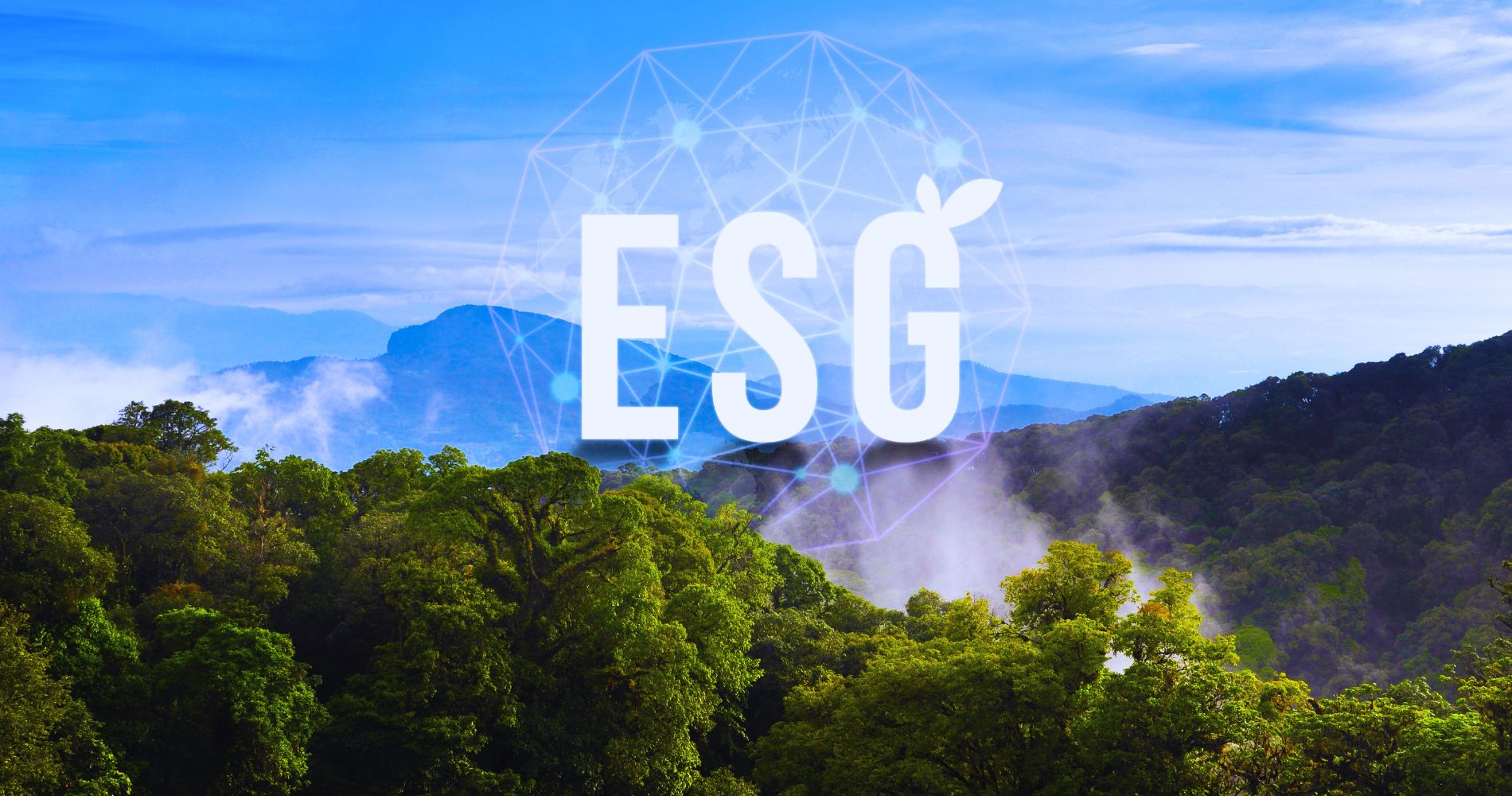Far beyond rhetoric, Environmental, Social, and Governance (ESG) criteria have become the driving force behind investments, regulations, and even the survival strategy of energy companies. In 2025, the agenda is no longer a differentiator—it has become the new standard of excellence and risk in the sector.
For years, the ESG acronym sounded like distant corporate jargon, a luxury for annual reports. By mid-2025, however, that perception was shattered. At the heart of Brazil’s electric sector—one of the country’s most capital-intensive and socio-environmentally impactful industries—Environmental, Social, and Governance criteria have ceased to be optional and have become the central axis of strategic planning, fundraising, and risk management. The debate, which has grown exponentially in recent weeks, is no longer about whether ESG matters, but about how it is redefining the value, cost, and future of energy in Brazil.
The transformation is visible and measurable. Capital flows into the electric sector are increasingly conditioned by sustainability metrics. A striking example is the recent wave of infrastructure debenture and green bond issuances. Major players in the sector—from generators to transmission companies—have turned to capital markets with issuances exceeding billions of reais, and the demand has consistently been greater for securities with ESG certification. According to data compiled by financial market analysts, projects with a strong ESG agenda, clear decarbonization goals, and social benefits are securing more competitive interest rates—a phenomenon known as the “greenium.”
The “E” for Environmental: From Decarbonization to Climate Resilience
The environmental pillar is undoubtedly the most mature and the one that attracts the most attention. The race for decarbonization is the main driving force. Energy companies are in a frantic search for certificates that prove the renewable origin of their generation, such as I-RECs (International Renewable Energy Certificates). The Brazilian platform of the Instituto Totum, responsible for local issuance, has recorded an exponential increase in demand in recent months, reflecting pressure from consumers and investors for companies to “clean up” their energy consumption.
However, in 2025, the environmental discussion has evolved beyond clean generation. The new frontier is climate resilience. Extreme weather events—such as severe droughts and historic floods—have exposed the vulnerability of energy infrastructure. The major concern now is how to adapt the system to an uncertain climate future. In response, the EPE, in its long-term planning studies, has begun incorporating climate risk analysis with unprecedented rigor, recommending the strengthening of transmission structures and diversification of the energy matrix to reduce dependence on climate-vulnerable sources.
The “S” for Social: Energy as a Tool for Inclusion
If the Social pillar was once the most subjective, it now takes on concrete and urgent contours. The discussion has moved beyond philanthropy and now focuses on the direct impact of operations on communities. One of the hottest topics in recent weeks is energy transition justice. How can we ensure that the green revolution does not leave the most vulnerable behind?
Large-scale generation projects, especially in remote regions, are increasingly being held accountable for local development plans that include workforce training, community infrastructure improvements, and transparent dialogue with traditional and quilombola communities. The BNDES, Brazil’s main infrastructure financier, has made these social components an eliminatory criterion in its credit analysis for major projects—changing the risk calculation for companies. The concern is to avoid what experts call “sacrifice zones,” where the environmental and social burden of energy generation is concentrated in a community that reaps none of the benefits of development.
The “G” for Governance: The Structure That Holds It All Together
The Governance pillar is the foundation that unites the “E” and the “S.” It is here that the ESG agenda ceases to be a statement of intent and becomes part of the company’s power and decision-making structure. At the end of 2024, ANEEL took a historic step by publishing its own ESG Governance Policy, signaling to the market that oversight and regulation will begin to closely monitor these criteria.
Within companies, the change is evident in the structure of boards of directors, which now seek members with sustainability experience, and in the creation of ESG committees that report directly to the CEO. Transparency in data disclosure has become a battleground. Sustainability reports are no longer marketing pieces—they are becoming technical, auditable, and comparable documents, following international standards such as those from the GRI (Global Reporting Initiative) and the ISSB (International Sustainability Standards Board). The pressure is for companies not only to state their goals but to show, with clear data and metrics, how they intend to achieve them.
In summary, the ESG revolution in Brazil’s electric sector is silent but relentless. It is changing financing sources, redrawing risk maps, strengthening ties with communities, and demanding radical transparency. Companies that embrace this new reality will not only survive—they will lead the next era of energy in Brazil, an era where the value of a megawatt will be measured not just by its production cost, but by the environmental and social legacy it leaves for the country.







